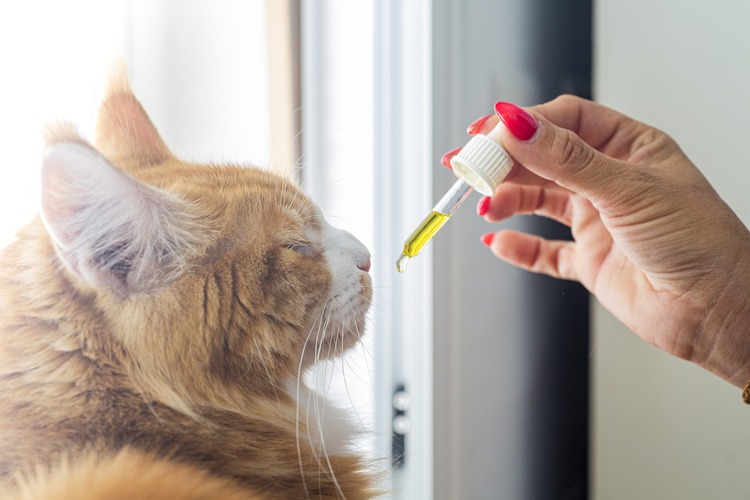While humans can easily communicate with their loved ones when not feeling well, the same cannot be said of pets. Luckily, there are different ways to tell if your dog is sick, and each sign is different in that some indicate minor illness while others indicate serious and potentially deadly condition. Below are the warning signs that your dog is ill and requires immediate veterinary attention.
How to tell if your dog is sick
1. Behavioral change
The easiest and probably quickest way to tell if your dog is sick is when you notice unexplained behavioral changes. If you notice a strange change of behavior in your dog probably it’s trying to tell you something. If your dog is displaying the following behavior you may be required to visit a veterinary.
- Distressed
- Needy behavior
- Lethargy
- Grumpy
- Withdrawal
2. Respiratory problems
The respiratory illnesses range from an obvious cold to canine flu. If you see your dog having trouble breathing seek out your vet if you notice. Signs to look out for include;
- A honking cough which indicates a more serious tracheal issue
- Labored breathing
- A persistent cough that lasts more than 24 hours
- Persistent nasal discharge or congestion, that is accompanied by mucus or blood
- A persistent gagging
- Wheezing or noisy breathing
- If your dog is having breathing difficulties, check the color of gums and tongue. They should be pink. If you notice a bluish tint, your dog needs immediate emergency care.
3. Neurological problems
Another sure way to tell if your dog is sick is when you notice major signs of neurological problems. Put simply, neurological problems are diseases that affect the central nervous system such as the brain, the spinal cord, and the joints.
The following signs indicate that the central nervous system is in bad condition and you should make an immediate visit to the vet:
- Seizures
- Weakness
- Confusion
- Repetitive circling
- Repetitive twitches
- Stumbling
- Head tilt
- Shaking that indicates stroke or epilepsy
4. Digestive problems
Digestive upset is common in dogs including certain cancers and life-threatening gastrointestinal problems. When your dog has these signs especially in the combination of poor appetite and lethargy, be sure to contact your veterinary.
- Constipation or incontinence
- Loss of appetite
- Bloody diarrhea
- Profuse diarrhea that lasts over 24 hours
- Repeated vomiting that lasts over 24 hours
- Restlessness and distended belly may be a sign of bloat, a life-threatening condition that needs to be addressed by the veterinary immediately.
5. Potty problems
If you notice your dog’s stool is dry and hard, it can be a sign of dietary issues or dehydration. A healthy stool of your dog will have small, firm, moist stools. Changes in your dog’s bathroom behaviors can also indicate a problem. Contact your veterinary if you notice:
- Trouble defecating
- Trouble passing urine, which indicates a urinary tract infection or urinary blockage
- Frequent urination could be a sign of ailments such as kidney disease or diabetes
- Urinary accidents in a previously housetrained dog
- Fecal accidents in a previously housetrained dog.
6. Physical appearance
Keeping tabs on your pet’s physical transformations can also be an effective way to tell if your dog is sick and needs an urgent vet visit. Outward appearances are the most noticeable. The following are signs that may require you to call your veterinary:
- Sudden weight loss
- Sudden weight gain
- Unexplained
- Persistent itch
- Persistent shaking of the head or rubbing of the ears
- Sores that are bloody
Note: Hair loss is brought by ailments like infection, immune disease, or an endocrine disorder. The fur of your dog should be shiny and smooth without patches.
7. Noticeable pain
Sadly, dogs don’t know how to communicate verbally and often suffer in silence. You can only notice your dog is in pain when touching its injured paw or sore back. Here are the signs that your dog could be in pain:
- Trouble chewing
- Joint or bone swelling that is warm to touch
- Reluctance to move, jump or walk
- Anxious
- Guarding the body part by growling when you approach
- Lameness that lasts more than 24 hours.
RELATED: 4 Reasons Why Dogs Eat Grass (Is It Safe or Not)
Recommendations on how to keep your dog healthy
Well, there is no reassurance that your dog won’t get sick, but at least there are things you can do to keep them healthy.
a). Schedule regular veterinary check-ups
You should take your dog for the annual veterinary check-ups. This helps monitor your dog’s health and health issues to be detected in the early stages. Also, it helps the owner to be updated on new recommendations such as foods and supplements.
b). Feed them a healthy diet
You should feed your dog high-quality commercialized dog food that is appropriate for your dog’s age. Please keep in mind that puppies have different nutritional needs than senior dogs. It’s also recommended to give supplements like safe fruits and veggies to curb digestive problems.
c). Get them plenty of exercises
Exercise helps your dog to stay in shape and avoid diseases obesity-related diseases such as diabetes and arthritis. It also helps to solve your dog’s behavioral issues as it boosts mental health by avoiding boredom, agitation, and frustrations. Ask your veterinary how often you should exercise your dog and the type of exercise. You should also be open if there any changes in your dog’s ability to exercise.
If you ever notice any of these signs, we highly recommend reporting immediately with your veterinary. You can help prevent suffering, save money, and even save a life by taking the necessary precautions. It’s also wise to acquire pet insurance to help you cover your pet’s veterinary expenses.







